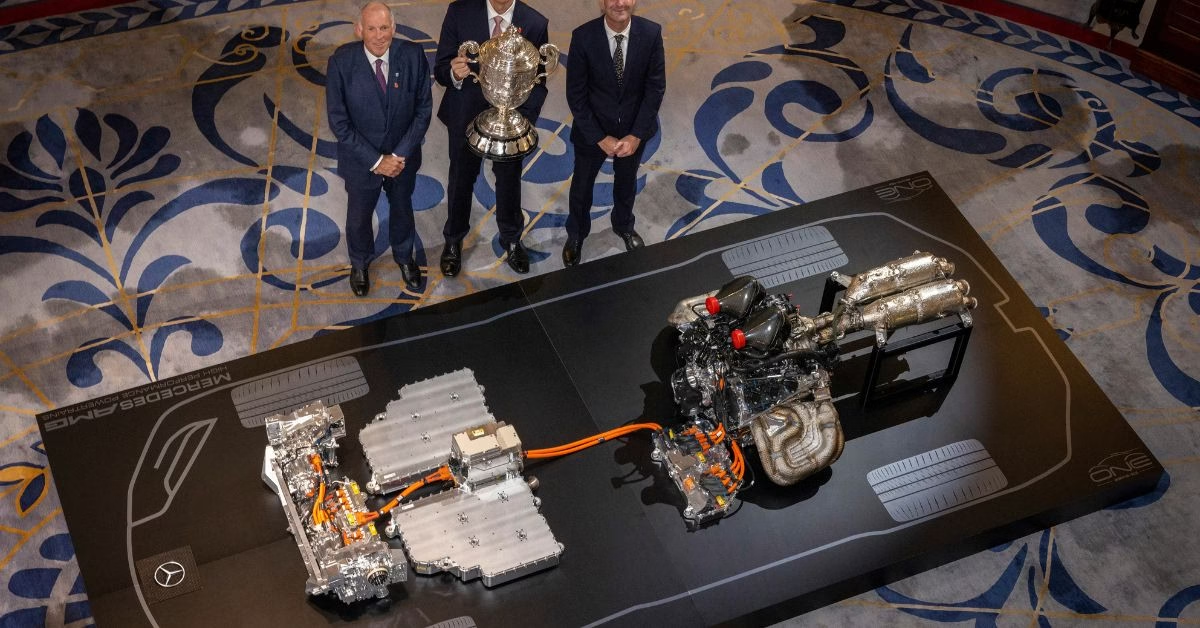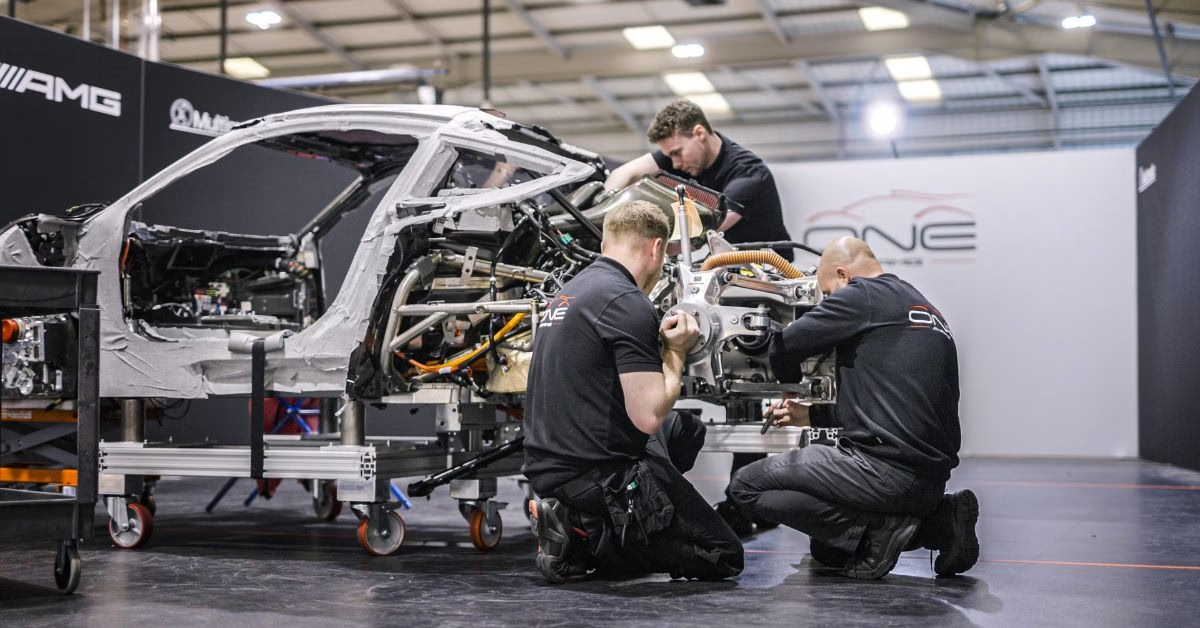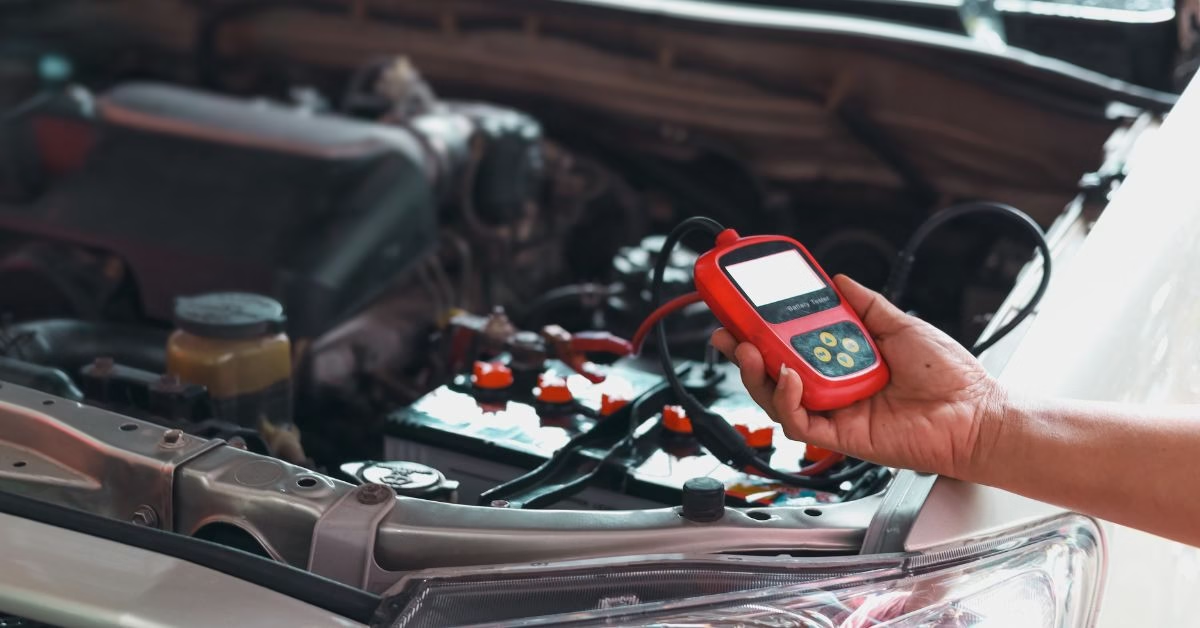Hybrid vehicles have surged in popularity over the past decade thanks to their impressive fuel efficiency and eco-friendly appeal. Blending a traditional gasoline engine with an electric motor, hybrid cars offer a unique driving experience—but they also come with slightly different maintenance needs.
Understanding how often to service a hybrid car is key to preserving performance, extending battery life, and avoiding costly repairs down the line. This guide breaks down the essential service intervals, routine tasks, and hybrid-specific checks you shouldn’t overlook.
Understanding Hybrid Cars
Hybrid cars use a combination of an internal combustion engine and one or more electric motors powered by a battery pack. The system switches between gas and electric power—or uses both—depending on driving conditions, which improves fuel economy and reduces emissions.
Benefits of hybrids include:
- Better fuel efficiency than traditional gas vehicles
- Reduced emissions
- Often lower maintenance for brakes and engines due to regenerative braking and less engine strain
General Maintenance Schedule for Hybrid Cars
Hybrid cars generally require maintenance at similar intervals as gasoline-powered vehicles, but some components wear differently. For example, brakes tend to last longer due to regenerative braking, and oil changes may be less frequent because the engine isn’t always running.
Key Notes:
- Follow manufacturer guidelines in your owner’s manual.
- Use a hybrid-certified mechanic if possible for specialized diagnostics.
Routine Maintenance Tasks

Oil Changes
While the gasoline engine in a hybrid runs less often, oil still degrades over time. Most hybrids require oil changes every 5,000–10,000 miles, depending on the make and model. The Toyota Prius, for example, follows a 10,000 mi/12‑month standard interval and a 5,000 mi/6‑month severe‑service interval. Always use the manufacturer-recommended synthetic oil.
Tire Maintenance
Just like any vehicle, tire rotation should be done every 5,000–7,500 miles to ensure even wear. Check tire pressure monthly for optimal efficiency and safety.
Brake System Checks
Hybrids use regenerative braking, which reduces wear on brake pads and rotors. Still, the brake system should be inspected every 3 years (~30,000 mi) on hybrids like Prius and Escape, especially for fluid health and mechanical function.
Specific Hybrid Components

Battery Maintenance
Hybrid batteries typically last 8 to 10 years or 100,000–150,000 miles, but extreme climates and poor maintenance can shorten their lifespan. Signs of battery trouble include reduced fuel economy, unusual engine noise, or warning lights.
Electric Motor & Transmission Checks
While electric motors are low-maintenance, periodic inspections are recommended every 30,000–50,000 miles (Toyota eCVT/transaxle fluid service is recommended at around 60,000 mi) to check for unusual wear or software updates. Hybrid transmissions—especially those with electronic continuously variable transmissions (eCVTs)—should also be inspected for fluid condition and drivability.
Hybrid Car Maintenance Schedule by Mileage
| Mileage Interval | Recommended Service Tasks |
| 5,000–10,000 miles | Oil change, tire rotation, brake inspection |
| 15,000–30,000 miles | Cabin air filter, cooling system check, battery health scan |
| 60,000 miles | Transmission fluid check/change, comprehensive hybrid system inspection |
| 100,000+ miles | Battery evaluation, potential battery replacement, spark plugs (if applicable), inverter coolant flush |
Factors Influencing Service Frequency

Driving Habits
Stop-and-go city driving may wear some parts faster (e.g., tires, brakes) despite regenerative braking. Frequent long-distance trips may extend certain service intervals.
Climate Conditions
Extreme heat can reduce battery life, while cold temperatures can thicken engine oil and stress hybrid systems. More frequent inspections may be required in harsh climates.
Vehicle Age & Mileage
Older hybrids may need more regular maintenance to keep electric systems in check and ensure the battery, motor, and electronics remain healthy.
Manufacturer Recommendations
Here’s a general overview of maintenance intervals for popular hybrid models:
| Model | Oil Change Interval | Battery / Hybrid Check | Other Notables |
| Toyota Prius | Battery warranty: 10 yr / 150,000 mi; check around 30K+ | Hybrid system inspection: ~50K–60K (owner’s manual varies) | Brake fluid flush at ~30K |
| Honda Accord Hybrid | Oil & filter service ~30K, 60K | Spark plug/coolant service later in life (>60K) | Transmission fluid check at 60K |
| Ford Escape Hybrid | Every 5,000–7,500 mi | Hybrid diagnostics per manufacturer | Coolant and system inspections at 15K, 30K, 60K |
| Hyundai Ioniq Hybrid | Every 6 months or 7,500 miles | Inspections at 65K–75K for transmission fluid | Every 6 months or 7,500 mi |
Always verify service intervals in your vehicle’s owner’s manual.
Is Hybrid Maintenance More Expensive?
Not necessarily. While hybrid battery replacements are costly (often $2,000–$5,000), regular maintenance like oil changes and brake jobs can be less frequent and less expensive. Overall, many owners find hybrid maintenance comparable to or slightly cheaper than that of traditional vehicles over time.
Conclusion
Hybrid cars offer efficiency and long-term value, but they require a balanced approach to maintenance. By following your car’s recommended service intervals and paying attention to key hybrid components like the battery and electric motor, you can keep your hybrid running smoothly for years to come.
When in doubt, consult your owner’s manual and don’t delay routine service. A little upkeep goes a long way in protecting your hybrid investment.
Frequently Asked Questions
Can I take my hybrid to any mechanic?
Yes—for basic services like oil changes, tire rotations, and brake inspections, most ASE-certified mechanics can handle hybrid cars.
However, for diagnostics, battery issues, or high-voltage system repairs, it’s best to use a hybrid-certified technician or dealership service center. Hybrid systems operate at voltages between 100 and 650 volts, which require special training and safety equipment to handle safely. Improper service could lead to injury or damage to components like the inverter, battery, or electric motor.
Is hybrid maintenance cheaper than EVs?
Generally, no—EVs tend to be cheaper to maintain overall.
Here’s why:
— Hybrids still require oil changes, spark plugs, air filters, and cooling system service for the gasoline engine.
— EVs don’t have internal combustion engines, so they avoid those costs entirely.
That said, hybrids usually have longer brake life due to regenerative braking (same as EVs) and lower wear on the engine compared to traditional gas vehicles.
According to Consumer Reports, EV owners save about $4,600 on maintenance and repairs over the lifetime of the vehicle compared to gasoline cars, while hybrid owners save about $1,500–$2,000.
What happens if I skip a hybrid service?
Skipping scheduled maintenance on a hybrid can cause several issues:
— Battery deterioration: Ignoring battery health checks may lead to undetected degradation, reducing performance and fuel economy.
— Inverter or cooling system failures: The power electronics need proper cooling; skipped coolant flushes could cause overheating and expensive component failure.
— Poor fuel economy: Dirty oil, clogged air filters, and low tire pressure can drop MPG by 10–20% or more.
— Brake issues: Even though regenerative braking reduces wear, neglecting brake fluid changes can lead to corrosion and reduced braking performance.
Over time, these problems can cost thousands to repair. For example, a hybrid battery replacement may cost between $2,000 and $5,000, depending on the make and model, while an inverter replacement can run $1,500 to $3,000.

